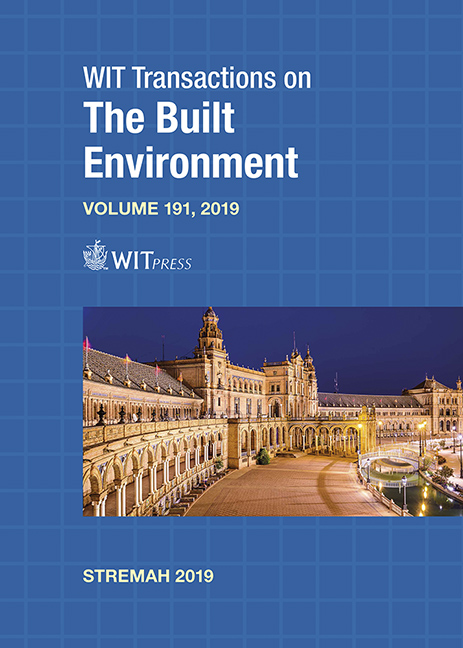REVIVING CRAFTSMANSHIP AND CRAFTS WITHIN THE CONTEXT OF INDUSTRIAL ARCHITECTURAL HERITAGE
Price
Free (open access)
Transaction
Volume
191
Pages
12
Page Range
443 - 454
Published
2019
Paper DOI
10.2495/STR190381
Copyright
WIT Press
Author(s)
MOHAMAD H. NASRI, ALINE M. MANSOUR
Abstract
In this paper, we attempt to redefine the heritage of craftsmanship and to find out how and where it can exist alongside mass-production within our industrialized and digitalized society and within the setup of our industrial architectural heritage. This theoretical background is grounded through a design intervention that injects an urban/architectural program, with interactive public and craftsmen/designers’ spaces, within an urban hiatus that is dominated by an industrial environment of an abandoned early 20th century train station in the vicinity of the seaport of Tripoli, Lebanon. The paper starts by explaining the process of transformation of the notion of craftsmanship and its relationship with manufacturing and mass production since the industrial revolution. It then articulates the recent attempts at reviving craftsmanship through the paradigm of individuation through consumption where craftsmanship becomes not only a means of expressing individuality, but also a communal experience based on technology and digital expertise, and on the role of the designer. Then the paper moves into the design intervention in Tripoli where the revival of craftsmanship is projected onto the domain of revitalization of industrial and architectural heritage, in a place where different historical and architectural eras collapse into a number of abandoned sites and buildings, reconnected and regenerated in a new urban/architectural scheme, in an attempt at rescuing the district from the destined obsolescence it is heading towards. Finally, the paper concludes with highlighting the importance of salvaging potential socioeconomic patterns, especially in the domain of craftsmanship, through a smarter and more sustainable reclaiming of parts of the city that are belittled under the tag of “abandoned industrial sites” or “deserted industrial buildings”.
Keywords
craftsmanship, crafts, industrial heritage, industrial archaeology, architectural heritage, cultural heritage, urban gap, abandoned site, deserted building




